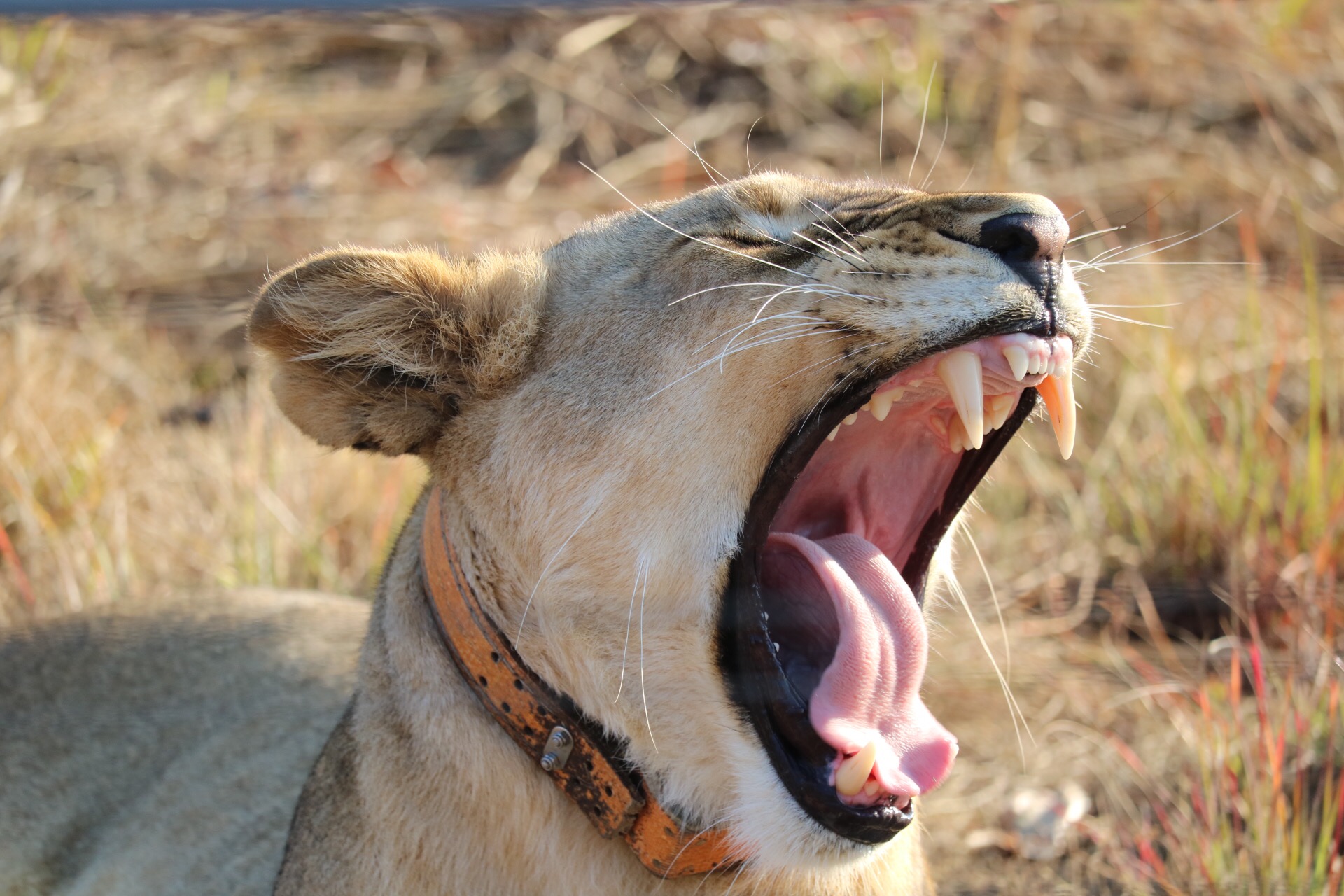A Lion’s Portrayal in the Media
A few weeks ago, an American tourist in one of South Africa’s Lion Parks lost her life when a lioness approached the vehicle and fatally wounded the victim. In an unfortunate situation, the victim, Katharine Chappell, was responsible for her own death as she leaned outside her vehicle to take a photo of the lioness, neglecting the blatant warnings throughout the park. In doing so, Chappell and the rest of her party ignored the signs located throughout the park alerting park-goers to stay inside their vehicles and to keep their windows up at all times.
The behavior of lions in these viewing parks is not the same as wild lions that grow and live in game reserves. When a lion cub is under complete human supervision like the lioness at the lion park where Chappell lost her life, it depends on humans for its livelihood and hinges on humans for food as it matures with age. What happened when Ms. Chappell rolled her window down was perhaps the lioness’s instincts telling her it was feeding time, resulting with the victim’s fatal mistake.
On game reserves, unlike in these parks where lions are constrained from their natural inclination to live independently, their behavior is more reserved towards humans, especially within the supervision of a licensed park ranger. At the time of the incident, Chappell’s vehicle was not being driven by a licensed ranger but by a tour guide, who would not receive the same level of training. When the lioness approached and reached in through the passenger window, the guide’s slow reaction and lackluster discretion may have cost Katharine her life when it could have been easily avoided.
Had Katharine Chappell’ and the rest of her safari party chosen to view lions in an open and informative platform, as well as under the supervision of a certified ranger at a game reserve, she most likely would still be living. However, poor discretion on her parties’ behalf resulted in a loss of life and the ensuing media scrutiny put towards wild animals.
What was interesting about this terrible accident was how the media portrayed the incident. This particular case of lion-human violence gained more attention than usual since Chappell worked as a video editor for the popular HBO series Game of Thrones, and this minor celebrity caught news outlets’ attention. Most media outlets covering the accident used the term mauling in their headlines, tweets, and descriptions of the melancholy episode. By doing so, the word ‘mauled’ conjured up gruesome images that incriminate the animals as malicious burdens. In situations where reporters document suicides, many are now modifying their nomenclature to avoid describing a successful suicide attempt with the verb ‘commit’, which is a word usually utilized when a person is being attached to a crime. Just as it is politically incorrect to say some ‘committed’ suicide, it is just as immoral to refer to Chappell’s death as a mauling, because the word does not fit the situation it is describing. Rather than actually being a malicious attack on Chappell, the lioness most likely misinterpreted the open window by approaching the vehicle as it would approach the park’s feeding truck. This particular method of wording is crucial in the public’s understanding of what actually went on inside the vehicle. The way we see these animals is essential for their species survival and ultimately our own. If we continue to view these beings as vicious predators who should only be seen through a display, then their end is looming closer.
The lions that inhabit these sorts of parks are seen as exhibits and plain photo opportunities for park goers, not as the majestic creatures they evolved to be. It is completely different to see one in act in their own natural environment than to see them confined and lethargic for the entirety of their lives.
It is unfortunate that such lion parks exist, but understanding that these domesticated lions would have no other place to live makes understanding their presence a bit easier. Without these parks, these displaced lions would suffer greatly, as their human-dependent behavior would not suffice for their survival in the wild. This opens up the topic of whether zoos and other forms of animal captivity are ethically sound. Within the last year, animal rights cases have been introduced into the public sphere where- in Brazil- a monkey was given rights and even in the states where circus animals will be cut from acts within the next few years. All these instances show that major players are feeling the pressure of an ever-changing public mindset in the way they view animals. These decisions mark the beginning of a new trend in our treatment of wildlife where all creatures are treated with dignity.
The day of an Utopian planet where society has respect for other creatures may seem possible in the distant future, but it will depend on how humanity changes its perspective of the world. Do we see our endangered species as ingredients for magical medicinal potions and premier status statements? Or do we look at them as other earthlings trying to find their place in the universe? A change in the way we see our distant relatives might also improve our inter-humanitarian interactions, which is evident by the surplus of war and destruction that exists today. Until we can interact peacefully with the animals around us and each other, that day will never come.
-George Herrmann



